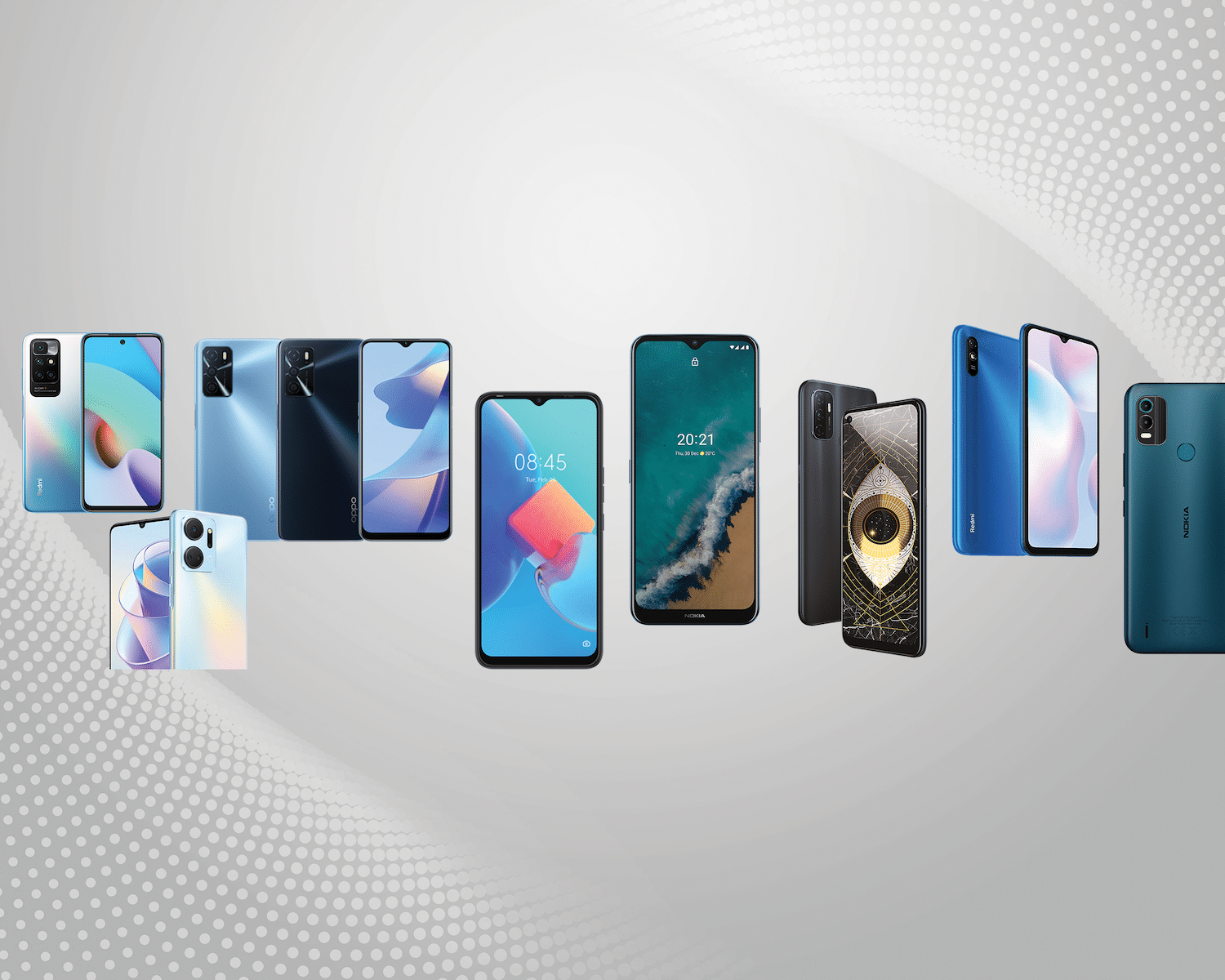Considering the most expensive phones on the market, do you really need all those features? We think the smartest phone shopping is happening down at the other end of the market, below R5 000, where build quality, battery life and ease of use matter far more.
Of course, that doesn’t mean you can’t have some cool features on your budget phone, or that it has to look cheap and boring. Entry-level phones below R5 000 have a number of features in common, some of which are not found on more expensive phones.
Screen
Screens larger than 6 inches are now the norm, making them perfect for gaming, videos, browsing and reading documents. But screen quality varies greatly across brand and models, with high refresh of 90 Hz, only offered on selected entry-level models.
Memory And Data Storage
The standard allotment of 4 GB RAM is adequate to keep things brisk on basic phones, but the standard 64 GB of storage will likely fill up after the first year.
Many phones are available with 128 GB storage, but thankfully, almost all entry-level phones also have a microSD card slot for expanding your storage, and that’s also useful for moving things from your old phone to the new one.
Battery
A 5 000 mAh battery is now the minimum standard, and should last around two days with mixed usage. However, battery size is only part of the equation, and setting your phone up to work efficiently matters far more.
Android itself manages your battery usage better than ever, but you should check its logs to see what apps and services are the power hogs. Fast charging above 18 W is offered on many new models, but make sure the charger is included in the box.
Cameras
Multi-camera setups are now the norm, usually including a wide-angle or a macro lens. But, many of the cameras advertised are not true cameras, but sensors to improve overall camera performance.
More cameras with more megapixels does not make for better pictures. One camera with a high-quality sensor always beats several average sensors. These days, the software to process the image data matters a lot more.
Xiaomi Redmi 10
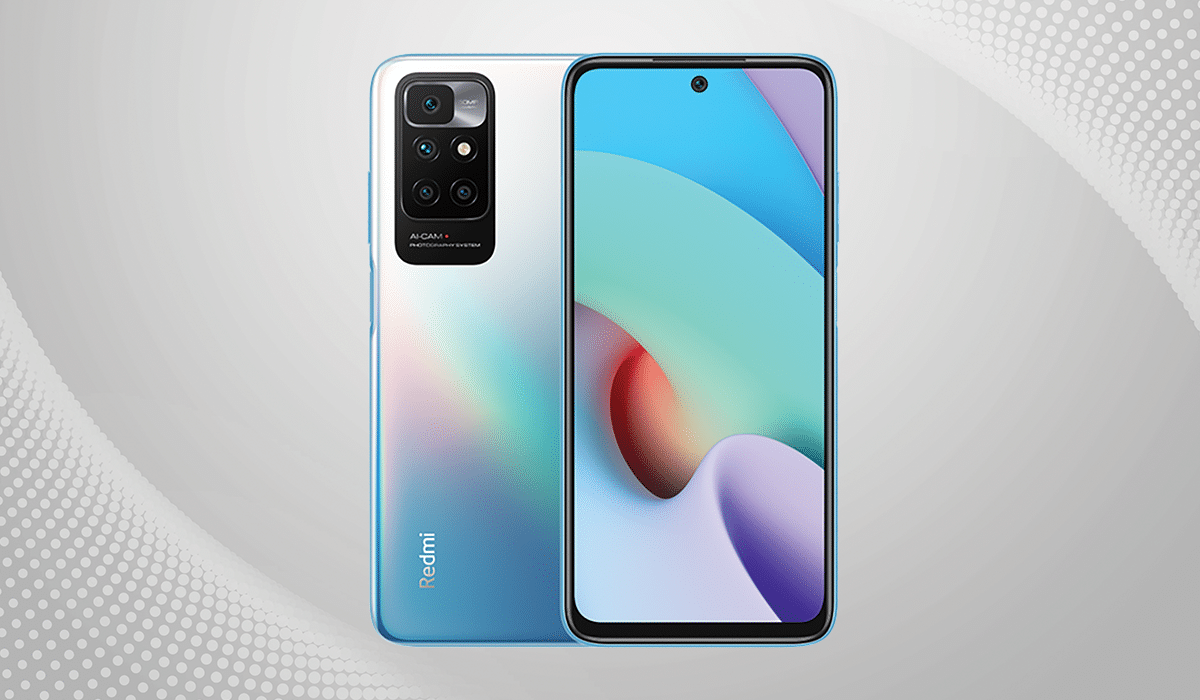
It’s rare to find an NFC chip in an entry-level phone like the Redmi 10, but this feature could be clincher for some smart shoppers, because this lets you tap to pay with your phone on any regular card machine.
FEATURES
The Xiaomi phone brand has won many South African converts through its smart packaging of features at wonderfully low prices. We’re naming the Redmi 10 our best phone below R5 000 because of its broad and well-balanced feature set.
It’s properly compact and pocketable, but still offers a sizeable 6.5-inch full HD screen with 90 Hz high refresh that adjusts the refresh rate up and down as required, but conserves your battery. It’s almost the best screen on test here.
It’s covered with toughened Gorilla Glass and has a hole punch for the selfie cam instead of the now dated teardrop notch. Music playback was best in class courtesy of the proper stereo speaker setup, which creates a surprisingly decent soundstage. The side-mounted fingerprint sensor is fast and accurate.
CAMERAS
In our experience, fitting complex camera sets to budget phones produces very average results, but the Redmi 10 is the stand-out exception, delivering beautifully crisp and colourful pictures across all its sensors.
The quad camera set features both a wide angle and a macro lens in addition to the standard 50 MP main shooter, and a depth sensor to speed up focus and contrast adjustment. Night modes were especially effective. The HDR-enabled 8 MP front camera also delivered the best selfies of all the phones on test.
BUILD
While there’s nothing striking about the appearance of the Redmi 10, at 181 g, it is the lightest phone on test here. That’s all the more surprising given all the top tech stuffed into this package.
6.5” display @90 Hz, 4 GB RAM, 8 MP front / 50 MP+8 MP wide+2 MP macro + 2 MP depth cameras, 128 GB storage, 5 000 mAh battery, 181 g, R4 000
Honor X7a

FEATURES
The Honor’s single outstanding feature is its 90 Hz high-refresh screen and a slim and highly pocketable design, less than 1 cm thick. Other than this it’s a fairly standard set of features with a decent screen and enough basic processing power and plenty of RAM. The side-mounted fingerprint sensor works well.
The frosted back cover is cool but very slippery in hand and, ironically, is a grubby fingerprint magnet. It does have the biggest battery of all the phones on test here, and it did last almost two days, with mixed use.
CAMERAS
The quad cameras failed to impress, mostly because of wildly inconsistent results. One pic will be perfectly sharp and colour balanced, and the next five pics would be overexposed or blurry.
This is doubtless the image artificial intelligence arguing with the HDR, the multiple camera sensors and other functions about how to process the image data. The user experience is simply frustrating, however.
The teardrop notch for the selfie cam also feels a bit dated, when most budget phones now have hole-punch cameras.
BUILD
Build quality is pretty standard with a large camera island on the back. However, the curvature and texture of the back cover made it very easy to let slip through the fingers, which is more gadget stress than anyone needs to suffer.
6.75″ display @90 Hz, 6 GB RAM, 8 MP front/50 MP + 5 MP wide + 2 MP macro + 2 MP depth cameras, 128 GB storage, 6 000 mAh battery, 22 W fast charge, 196 g, R4 000
Vivo Y22
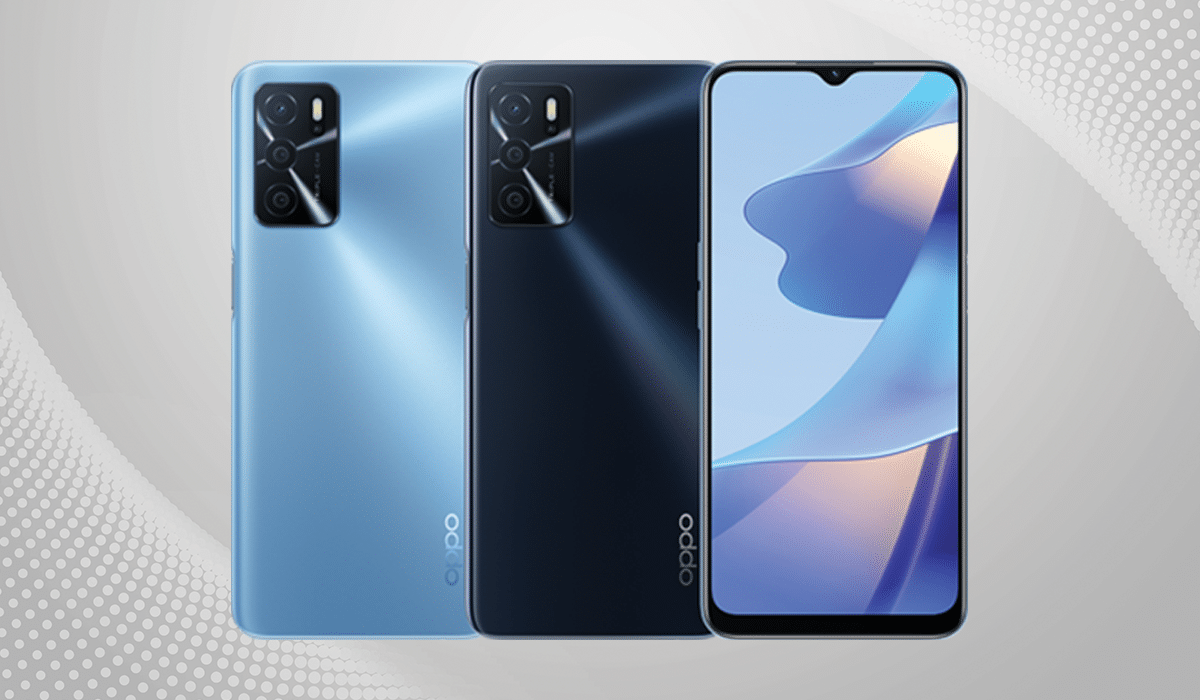
FEATURES
This might be the best-looking phone on test here, with an unusual flat back panel and a more industrial feel, but that’s pretty much where its novelty ends. Unfortunately, this is the single standout feature worth mentioning.
Otherwise, all the specifications are all bang on average, from processing power to screen size and quality. You are not even getting a high-refresh screen, as you could have expected at the price. There is a basic 18 W fast charger included in the box, which is something.
The interesting design is definitely noteworthy, but you’ll have to be satisfied with otherwise very ordinary specs.
CAMERAS
The dual camera does a pretty good job. Across both the main shooter and the macro sensor, picture colours are wonderfully vibrant without looking unnatural. They were not the best photos from our test, but certainly a podium finish.
BUILD
This is the most solid build of all the models on test here. It feels great in hand, and the flat back panel and the angle of the corners feel very iPhone-like. It is also of the few budget handset with basic dust- and splashproofing to IP54, which is certainly useful.
6.55” display, 4 GB RAM, 8 MP front/ 50 MP + 2 MP macro cameras, 64 GB storage, 5 000 mAh battery, 181 g, R4 000
Tecno Spark 8C
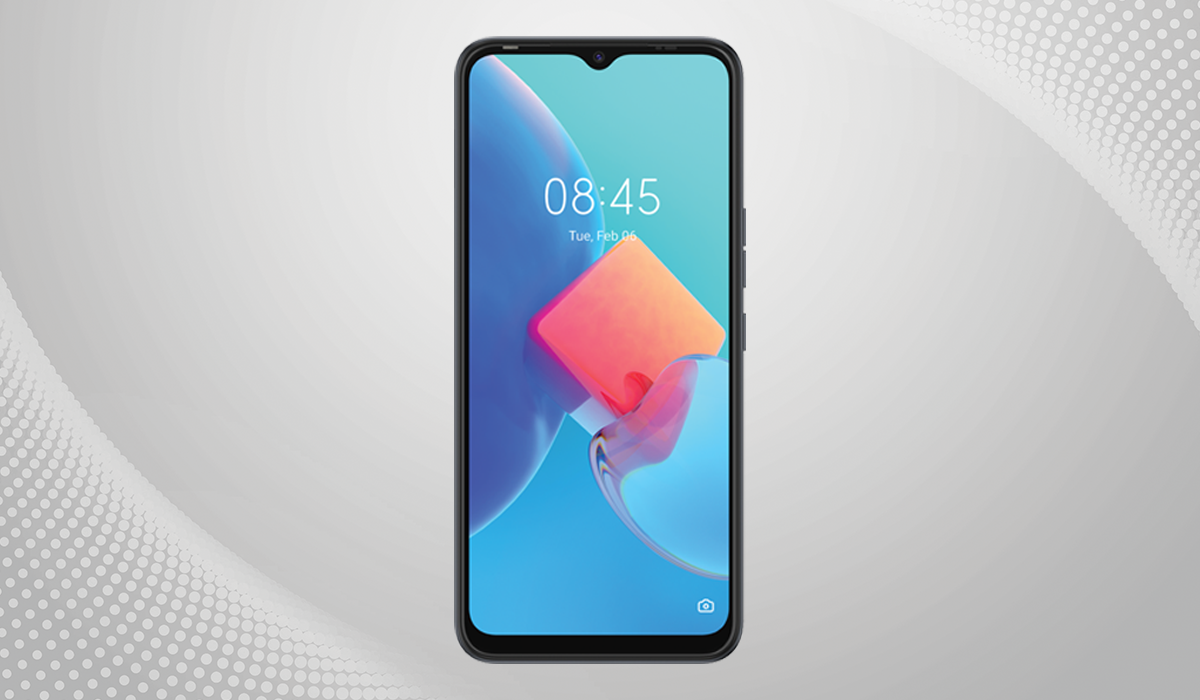
FEATURES
Tecno, the dominant phone brand in Africa, continues to make inroads in the South African market. The Spark 8C is our favourite Tecno phone so far because it is unpretentious and gets on with the job of doing all the basics – email and messaging, social feeds and simple games – very well, and with minimal fuss.
And, for an outrageously low price, they have thrown in a 6.6” screen with 90 Hz high refresh to enhance your scrolling. Unavoidably, it remains a very bare-bones phone with just 2 GB of RAM, and a very basic processor. Perfect for a first-time smartphone user, then.
CAMERAS
The Spark 8C has a humble dual-camera setup. The 13 MP main sensor is supported by a second AI sensor, designed to recognise the scene and optimise the camera accordingly. In our tests, this produced very ordinary results, although the photos we took are perfectly adequate for an entry-level phone.
There are nearly a dozen tools to enhance your photos, including loads of ‘beauty’ features, but we’re not fully convinced these are all that useful.
BUILD
Tecno phones have a reputation for durability, and this model is no exception. The Spark 8C feels like it could take a knock and come back smiling.
We also liked the back cover scored with vertical lines, which gives it a bit of character, and the clear cover included in the box allows that to shine through.
6.6” display @90 Hz, 2 GB RAM, 8 MP front / 13 MP + AI cameras, 64 GB storage, 5 000 mAh battery, 200 g, R2 700
Nokia G50

FEATURES
It’s nearly two years old, but it’s still the only phone in our line up to offer 5G. For an ordinary-looking phone, the G50 certainly grew on us.
As a handset option, it is more solid than exciting, but that is precisely what Nokia is going for at the budget end of the market, offering a seriously durable build with Android updates guaranteed for two years.
If you’re fed up with buying a new phone every two years and looking to play the long game, this is a good option for you, and you’re still getting all the latest Android features. We were impressed by the built-in speaker, which got properly loud without sounding harsh.
The 6.8” screen is the biggest on test here, but it’s not high refresh. There’s also no waterproofing and no fast charging, but this handset still charmed us as a reliable workhorse phone with no corners cut on the components and manufacture which, we think, matters much more at the budget end of the market.
CAMERAS
We were delightfully surprised at the quality of the G50’s photos. Colours were rich but natural, and pictures were sharp across the 48 MP main shooter and the 8 MP wide-angle.
Then there’s a full set of manual, or ‘pro’, controls and RAW image capture for the more adventurous shutterbugs. The Night mode was also surprisingly effective for low-light outdoor shots.
BUILD
The G50 is fantastically well made, with a proper aluminium frame and a solid feel in hand. Nokia’s legendary durability is evident throughout, but the trade-off is bulkiness. At 220 g, this is the heaviest phone we’ve held recently, and also one of the biggest. To its credit, Nokia has managed to offset all of this brawn with a well-balanced design and distinctively European styling. There is a clear cover included in the box.
6.8” display, 4 GB RAM, 8 MP front/ 48 MP + 5 MP wide + 2 MP depth cameras, 128 GB storage, 5 000 mAh battery, 220 g, R4 900
Oppo A53s
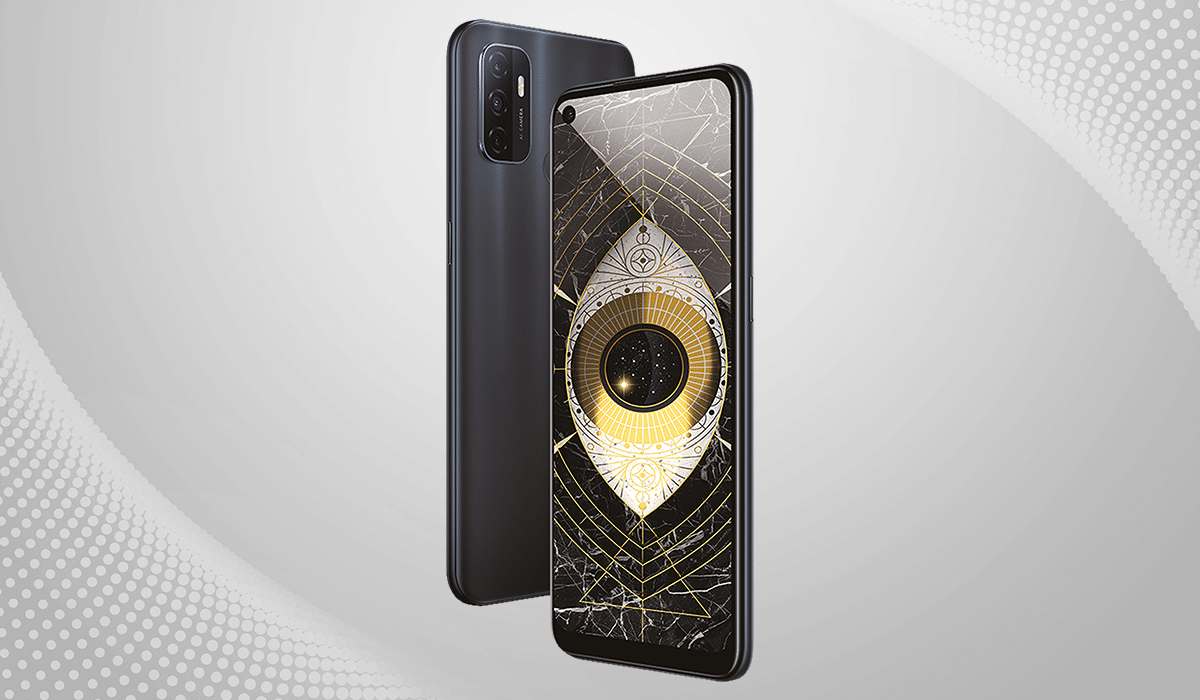
FEATURES
It’s two years old already, but it still handled everything we threw at it with
ease. There’s enough processing power, RAM and storage to handle all basic phone tasks, but the 6.5-inch screen is the stand-out feature.
It’s pristine, sharp and rich, it’s 90 Hz fast refresh, and it’s even protected by tough Gorilla Glass 3. In short, it’s a joy to use and, from simple games to social scrolling, you don’t stop noticing the perfectly chiselled icons, colourful photos and delightfully smooth scrolling.
There’s a fingerprint sensor on the back that works fine, although we generally prefer the side-mounted version in the power button.
CAMERAS
The A53s could have ranked far higher in our test but for a deeply disappointing camera experience. The main shooter simply does not seem up to the job. All our photos were either soft and dark, or oversaturated, or overexposed with washed-out colours. In contrast, the very similar Oppo A16s produced excellent photos across the board.
BUILD
We enjoyed the smaller size of the A53s which was easy to grasp and pocket, and the low weight of 186 g keeps things all very user friendly. The highly polished plastic back cover is quite handsome, but attracts a lot of fingerprints.
The clear cover included in the box helps with this while still showing off your cool gradient colour scheme.
6.5” display @90 Hz, 4 GB RAM, 8 MP front/13 MP + 2 MP macro + 2 MP depth cameras, 128 GB storage, 5 000 mAh battery, 186 g, R4 000
Xiaomi Redmi 9A
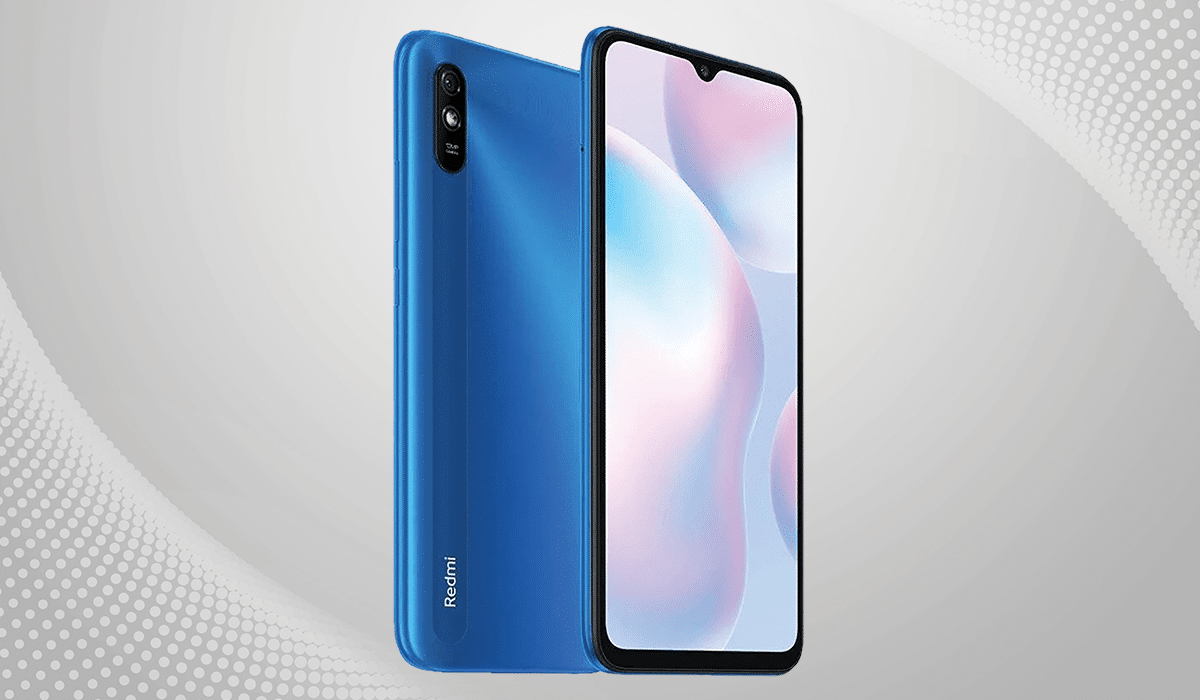
This basic handset is more than three years old, at this point, but that won’t matter much to fi rst-time smartphone users, or those with very basic needs. What is a concern is that we found the handset infuriatingly slow and sluggish, even for an old budget phone.
Nothing we did could eliminate the in-app delays and the waiting between screens. For a few hundred rand more, you could get the thoroughly modern and excellent Nokia C21 Plus.
The Redmi 9a the only phone in our line-up still using microUSB and not USB-C, but some might count that as an advantage as they can continue using their older chargers and cables.
What is a bigger issue is the painfully slow recharge time. After an hour, I was shocked to see my battery bar not even half full. How quickly we forget that fast charging on budget phones is still quite new.
However, we were impressed with the photos from the basic 13 MP camera, and we enjoyed the patterned plastic body, which feels robust and long-lasting. The bumps and scuff s of general use simply add to the rugged, weathered look. R 2 000



